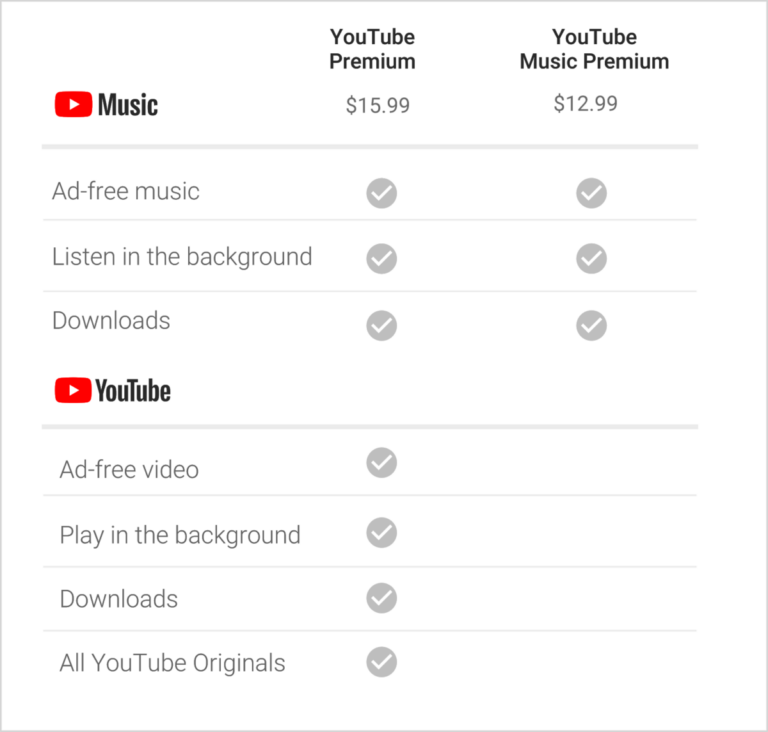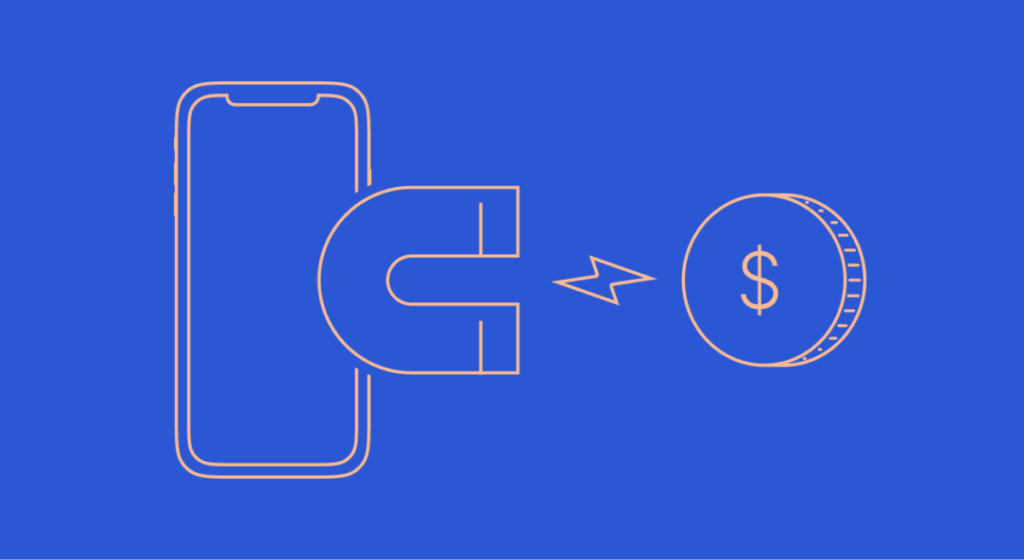Content can be monetized in a variety of ways, including through advertising, native integrations or affiliate marketing, or creating a personal services business around your brand, such as coaching or consulting. As technology develops, new content monetization models emerge, for example NFT, or non-fungible tokens.
What is content monetization?
Users of popular social networks and platforms create content not only for fun, but also to develop their personal brand and increase popularity .
To understand what content monetization is, you need to answer one important question: who pays for it? For example:
- In some models, the person who consumes exclusive content pays. In other words, you monetize the audience’s interest in your original material: usually people want to be inspired or learn something useful;
- In other models, a third party pays. Since you attract viewers, it is beneficial for brands to advertise their product to your loyal audience. For example, various services and educational applications are happy to cooperate with teachers who maintain popular personal blogs.
Advantages
- exclusive material will become a source of additional or permanent income;
- the author will receive income from work that he sincerely loves;
- content will attract a loyal audience.
Disadvantages
- advertising oversaturation: 74% of people note that they are tired of seeing advertising on social networks and online resources;
- feeling that work is not paying off quickly enough: 65% of content creators feel that they are overloaded with work and/or are not receiving enough income.
Types of content monetization
Advertising
Direct advertising
Direct advertising is one of the popular ways to monetize content. The principle is quite simple: advertisers pay for the opportunity to demonstrate their product to the author’s audience (in the form of text, photos or video inserts in a video). By 2026, the global value of content marketing is projected to reach $107 billion.
Contextual advertising
Contextual advertising is a small ad that is relevant to the theme of the site or the preferences of the audience. It is presented in the form of text, images or video.
Video advertising
YouTube has been one of the largest platforms for video advertising revenue. Last year, YouTube’s global advertising revenue was more than $28 billion.
Native advertising
Native advertising looks more natural to perceive. An example is native integration in social networks: materials fit organically into the content, they are useful and informative, and do not contain the “Advertising” tag. However, there is a fine line between native integration and direct advertising, so it is important to check with support before posting whether the material is considered an integration.
Native integration is suitable for journalists, bloggers, authors and community owners of various topics.
Subscriptions
Subscription monetization means that readers/viewers pay to access content. Many well-known companies generate billions of dollars in revenue through subscriptions.
Paid walls and premium content
Paywalls are a popular subscription model where you set up a virtual wall that blocks people from accessing content and encourages them to pay to get through it. Types of toll walls:
- Soft: in them the user can access some content, and premium content will become available only after payment.
- Hard: With a hard paywall, your users will not be able to access any content without paying;
- Dosed: With this model, users can access a certain amount of content, for example, with a 7-day trial subscription. After this period ends, the user will be asked to pay the full subscription for a month, six months or a year.

Make sure you have a loyal audience and a strong personal brand that people will be willing to pay for. Paid content creators have unique experiences to share with readers.
Affiliate Marketing
Affiliate marketing is a common monetization strategy for bloggers. Affiliates include links in their content and earn commissions when readers click the link and purchase the product.
Podcasts are also increasingly using affiliate marketing. If you’ve ever heard a podcast tell you to click a special link to subscribe to one of their sponsors, chances are they get paid through an affiliate model (per subscription).
In this monetization model, it is important to make sure that your niche is a good fit for affiliate marketing. Asking readers to sign up for affiliate links they don’t need is a waste of time.
Sometimes authors choose to monetize their content through resources that are not directly related to the content itself. In this case, the author’s material works to build a personal brand.
Content monetization basics
Define your target audience
These may be readers or subscribers, but you must be clear about who you are addressing. Content is not born in a vacuum. The best content is created based on your story and experience to ultimately resonate with a loyal audience.
It is best to start with a clear niche and grow there first, and then gradually scale up. Here are a few questions to answer to find your audience:
- Who are they?
- What do they care about? What motivates them?
- Which authors are they already following?
- What is your story and experience that might resonate with them?
Create quality content consistently
Creating quality content is the most important thing, but consistency is also important. This doesn’t mean you have to publish content 5 times a day, but even publish once a week or once a month – consistency in itself, especially when it comes to a video or an author’s post.
Choose a growth strategy
Growing your audience requires a specific strategy, for example:
- establishing partnerships: bloggers with a small audience often agree on mutual advertising with colleagues;
- creating content based on the fundamental principles of SEO, i.e. optimization for search engine requirements. This way you will attract more traffic.












